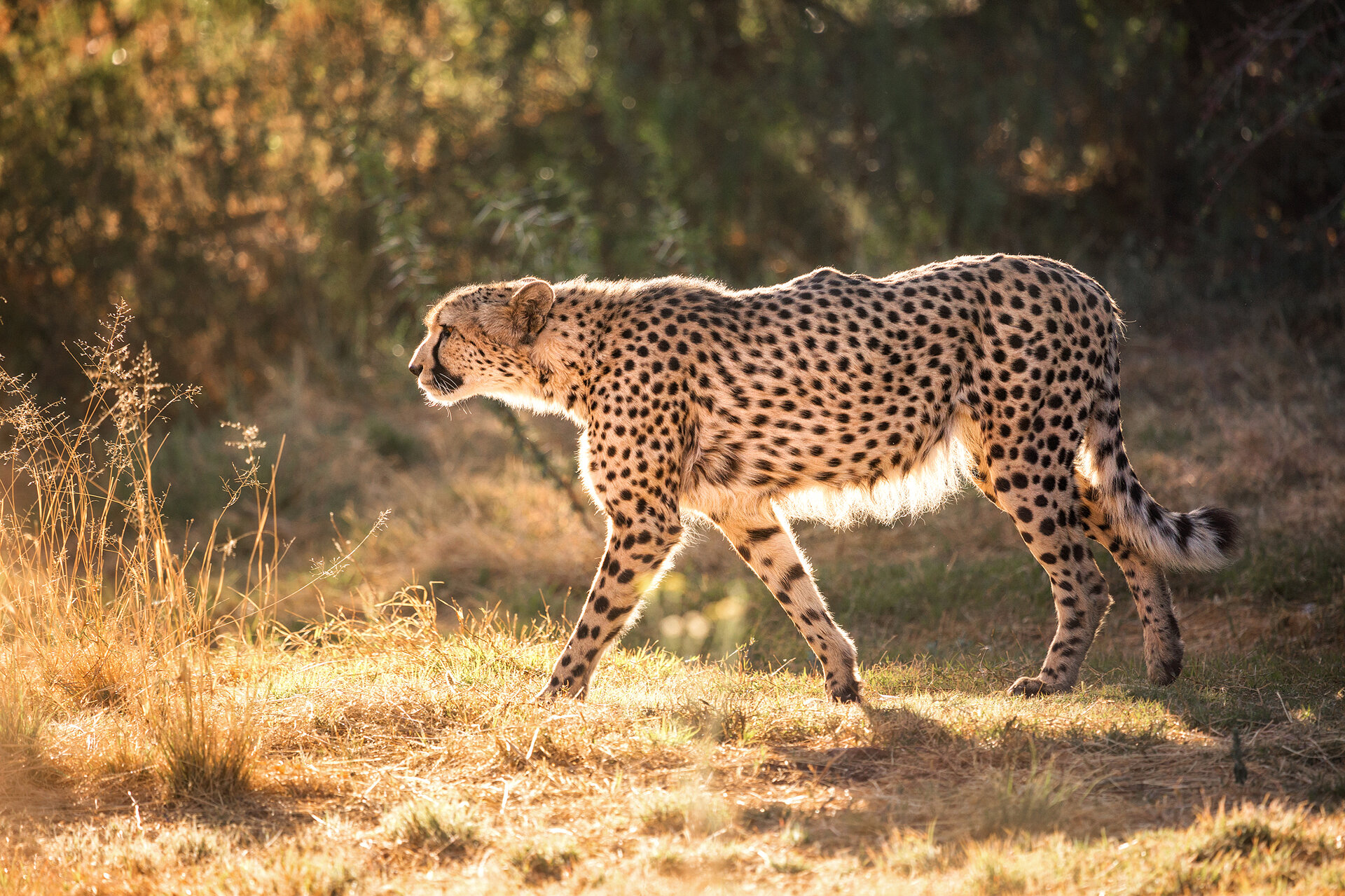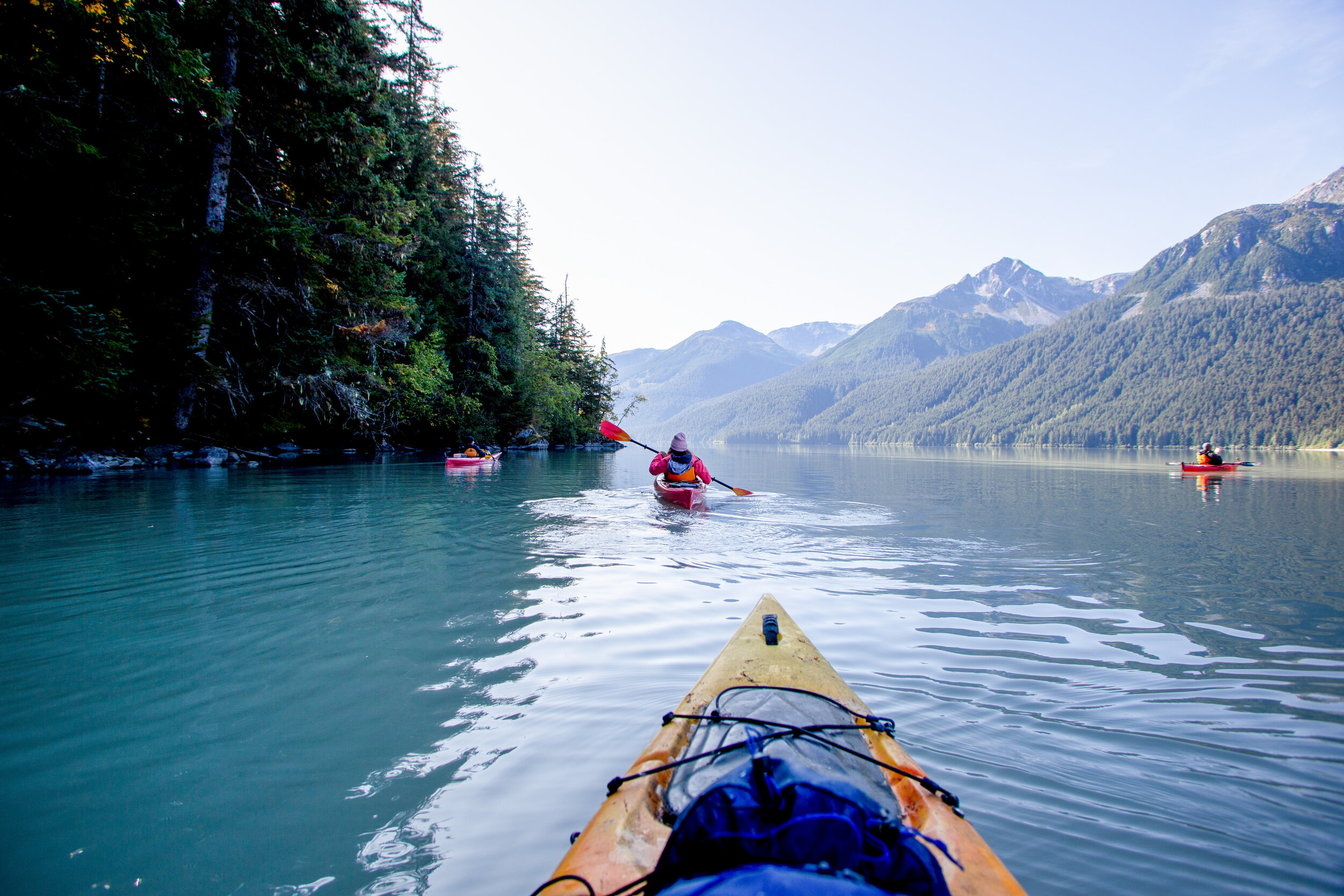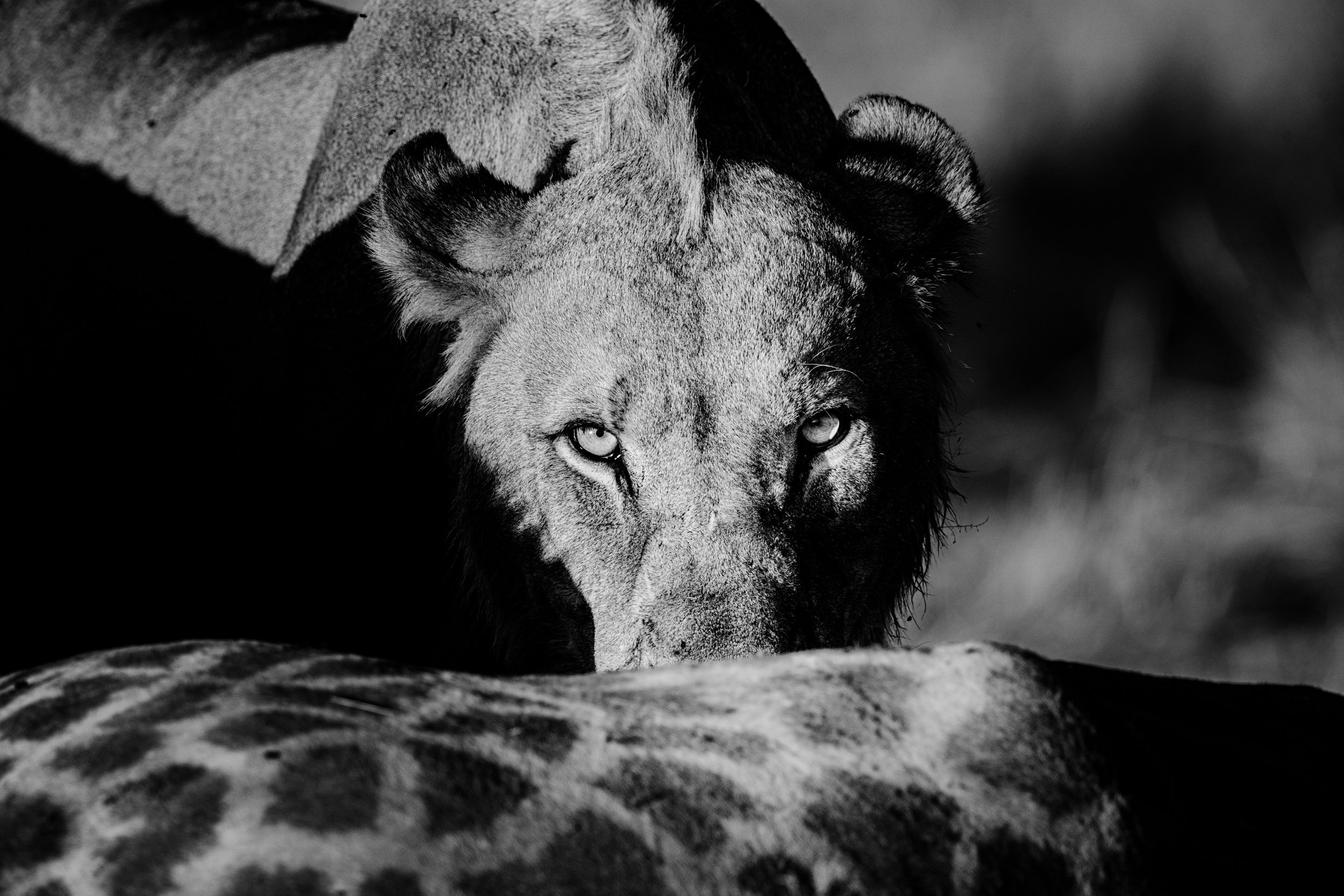Animals of Africa

Habitat loss and poaching have significantly reduced the populations of many of Africa’s iconic animals, but the necessary fight for preservation and conservation continues.
by Sandra Metzbauer || @sandramtzb
Southern Africa: a vast land of savanna, jungle, and desert where the earliest humans began their slow march around the world, and where I fell in love with our earliest animal neighbors and found a passion for their preservation with the cheetah and big cat conservation project: Cheetah Experience.
The Project is home to two rescued, non-breeding male Lions. Canned hunting is a common practice across South Africa: lions are breed in captivity, raised to not fear or to avoid humans, and are then placed in small enclosures for rich tourists to shoot them.
In Eastern Zambia lies South Luangwa National Park, the southernmost national park in the Luangwa River Valley and perhaps the most biologically diverse in the entire East African Rift system. It is a crucial component of Zambia’s conservation efforts and is home to more than 60 species of mammals and over 400 species of birds.
Safari lodges and tents are found along the Luangwa River, just across from the un-fenced national park. A seemingly never-ending parade of elephants, hippos, and leopards pass mere meters away.
Elephants dominate the Luangwa thanks to conservation efforts particularly by locals fighting poaching. The elephant population has rebounded to an estimated 27,000 individuals from a low of 1,000 in the 1980’s, and now play a central role in a dynamic ecosystem that includes leopards, giraffes, baboons and a host of other animals.
To learn more about conservation and preservation efforts in Zambia and the Luangwa, please visit The Wildlife and Environmental Conservation Society of Zambia and Conservation South Luangwa for more information.
To plan your own trip to “The Warm Heart of Africa”, head to ZambiaTourism.com








































